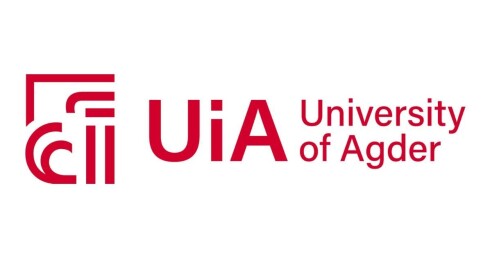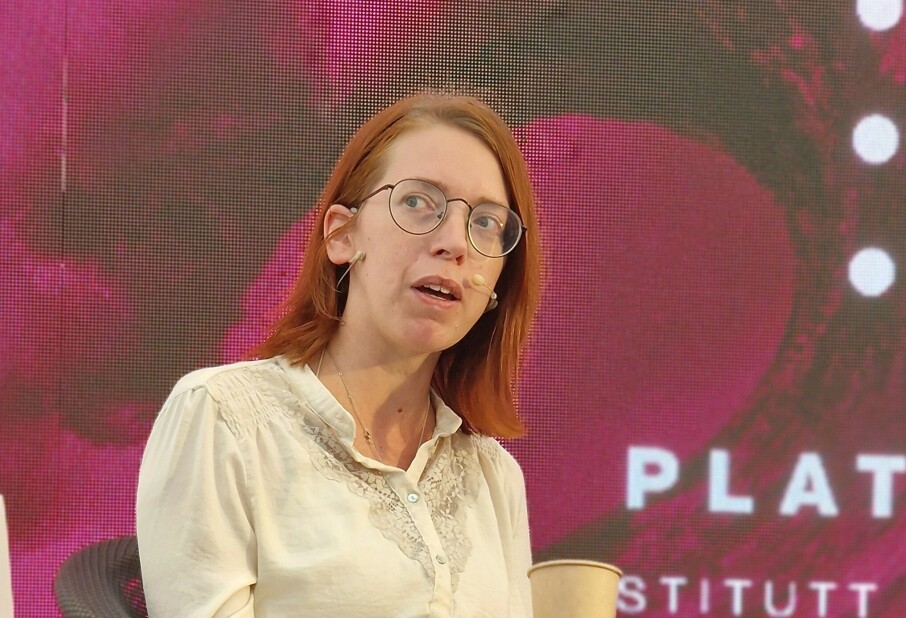THIS CONTENT IS BROUGHT TO YOU BY THE University of Agder - read more
Advantages of collaborative writing – with each other and artificial intelligence
“It's widely agreed in research that students learn a great deal from writing together,” says researcher.

Jon Olav Sørhaug is a researcher at the University of Agder. He has recently published a book about collaborative writing in schools.
The book provides an introduction to theories and methods on how students can collaborate to write texts with each other – and with artificial intelligence.
“Writing together and using tools such as ChatGPT can promote learning during the writing process,” says Sørhaug.
How students can write together
Collaborative writing involves two or more people creating a text together.
Sørhaug has researched how students from Year 6 through upper secondary school engage in this process.
“Of course you learn a lot from writing alone. But research shows that collaboration offers something more. Students negotiate with each other throughout the process. They discuss possible solutions and adjust the text as they go. This strengthens both writing and thinking,” he says.

Sørhaug refers to recent brain research and well-established pedagogical insights to underscore the importance of collaboration and dialogue for learning.
“Students learn to express their knowledge. Conversation enhances their ability to verbalise, discuss, and explore various perspectives. And it helps knowledge stick better,” he says.
Sørhaug mentions researchers such as Lev Vygotsky and Michail Bakhtin. They emphasise that knowledge is created collectively. A positive social environment and constructive dialogue in the classroom foster good conditions for learning.
With bots as co-authors
Collaborative writing in schools is not new. The novelty lies in chatbots and artificial intelligence.
Sørhaug suggests that bots offer new opportunities for collaborative writing. He has observed students using them as assistants, sparring partners, or mentors during the writing process.
But using bots effectively requires understanding. Students need to learn how to give them precise instructions.
“Bots are trained on vast amounts of text. They employ advanced models for language and writing. The response you get depends entirely on how you ask the question. That's why students should learn to give clear instructions. It's about being precise and critically assessing the responses,” he points out.
Role-playing is one of the methods Sørhaug suggests. You can ask the bot to act as a writing coach and assist with different types of writing.
“My clear advice is that teachers must help students use bots as partners and teachers. Bots are not answer keys or text producers. What's most crucial is that students own their work and learn from the writing process,” he says.
Positive towards AI, under certain conditions
Sørhaug is positive about using artificial intelligence in schools, but he has some reservations.
“Language models can support learning when the use of artificial intelligence is guided by the teacher for educational purposes. This means the teacher must understand the technology. And students must be trained to use it thoughtfully,” he says.
In primary schools, he suggests teachers should be particularly cautious when using this technology.
“Students must first learn foundational skills in reading and writing. Later in their educational journey, artificial intelligence can be a valuable tool, but it requires maturity,” he says.
It's important to think for yourself
One challenge with artificial intelligence is that students may become passive. Sørhaug has observed some who simply copy suggestions from the bot without thinking for themselves.
“The students who gain the most from the technology are those who read and consider the bot's suggestions. This requires critical thinking and academic confidence,” he says.
He also refers to research where he used screen recordings to see how students worked with chatbots.
“I saw clear differences. Those who read, evaluated, and edited likely learned the most. Those who only pasted the text probably gained little,” he says.
Important to get feedback along the way
“Many students feel they're done once they've written a draft. But it's in the revision phase that the text improves. Professional writers know this. Therefore, it's essential to teach students to keep refining their texts after drafting,” he explains.
Sørhaug stresses that students learn more if they get feedback while writing, not just afterwards. In schools, this is often a challenge. Students usually receive feedback on assignments after a week or two.
This is where artificial intelligence can help.
“Bots give quick feedback as you go. This motivates students to revise and improve while they're working,” he says.
Combining theory and practical examples
The new book is aimed at student teachers and teachers in schools. It combines research, theory, and practical examples.
“I've spent two and a half years writing the book, drawing on experiences from classrooms, research, and collaborations with teachers,” says Sørhaug.
The book also offers 20 specific teaching plans for collaborative writing, ranging from Year 5-7 to higher education.
Writing is more than an individual achievement
“When students write together, they learn academic content, but also build cooperation, language skills, and critical thinking. As they work, they explain, listen, negotiate, and adapt to each other, all of which help with their learning,” he says.
Traditional writing instruction often emphasises individual skills. Sørhaug aims to highlight collaborative writing as an alternative and a useful supplement.
“We must see writing as something social and cooperative. It's not just about thoughts in your head, but about communication and interaction,” he says.
References:
Sørhaug, J.O. Samskriving i skolen, med og utan kunstig intelligens (Collaborative writing in schools: with and without artificial intelligence), Samlaget, 2025. ISBN: 9788234013966
Sørhaug, J.O. 'Takk for en flott diskusjon! Med chatboten Sokrates som samtalepartnar i tre elevgruppars fagsamtalar' (Thanks for a great discussion! With the chatbot Socrates as a conversation partner in three student groups). In Kverndokken, K & Bakke, J.O. (Eds.), 101 måter å fremme muntlige ferdigheter på (101 ways to promote oral skills), Fagbokforlaget, 2024. ISBN: 9788245048292
———
Read the Norwegian version of this article on forskning.no

This content is paid for and presented by the University of Agder
This content is created by the University of Agder's communication staff, who use this platform to communicate science and share results from research with the public. The University of Agder is one of more than 80 owners of ScienceNorway.no. Read more here.
More content from the University of Agder:
-
Cancer didn't take their life – but it did take their desire
-
This is how teachers reinforce their students' anxiety
-
Municipalities lack knowledge on how to lead schools
-
Dangerous poisons: Most gardeners still chose to use them
-
Parents of premature babies sleep less well
-
Hero or villain? War criminals are no longer seen as monsters




































